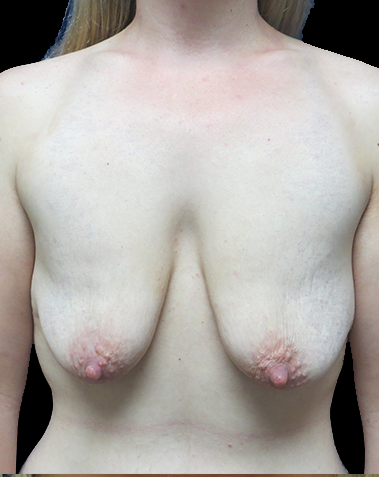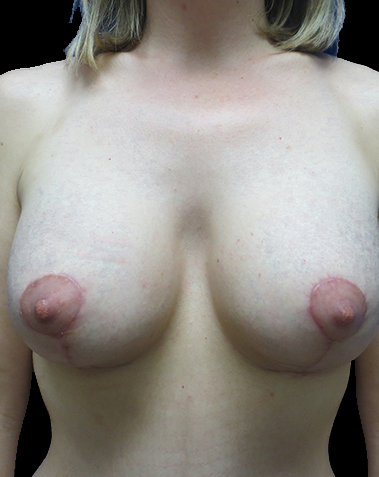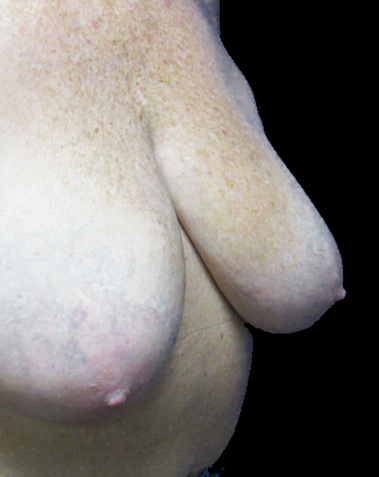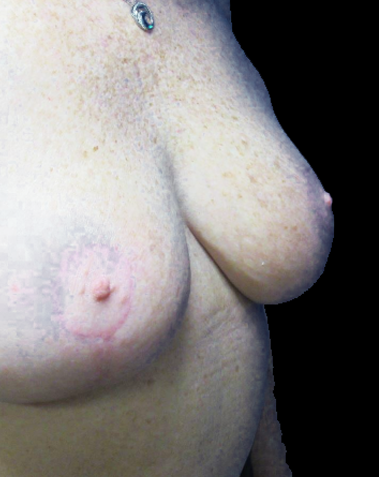Mastopexy
Breast lift benefits:
During a breast lift, we can address asymmetry and drooping, reshape or resize the nipples and areolas, augment the breast size with a mastopexy augmentation, or reduce the breast size with a breast reduction procedure. Our goal during a breast lift procedure is to accentuate your body’s curves and proportions by lifting the breasts into a more natural and youthful position. Poor breast lifts can look asymmetric, boxy, or flattened, and may have widened scars. Before undergoing any cosmetic procedure, it’s critical to do your research and make sure that your surgeon is qualified.
What to Expect
Before your breast lift, we will discuss your surgical goals and medical history during a consultation with your surgeon. We’ll examine your breasts, take photographs and measurements, and will make treatment recommendations based on your unique goals. We will also answer your questions, and talk about the procedure, risks and complications, anesthesia, recovery, and aftercare instructions.
When you arrive for your breast lift procedure, you’ll be checked in and required to fill out some paperwork. Following that, you’ll be taken to the pre-operative area where you’ll change into a surgical gown, have any necessary lab work done, get weighed, and have an IV started. During this time, you’ll meet with your surgeon to discuss the surgical plan and have a chance to ask any questions you may have. Your surgeon will use a surgical pen to measure and mark your breasts before administering the anesthesia. Typically, breast lifts require general anesthesia.
Breast Lift Incisions
Typically, the choice of incision pattern used in your breast lift surgery will depend on your specific anatomy and surgical goals. The three most common options are the anchor, donut, and lollipop patterns.
The anchor pattern, also known as the inverted T or Wise pattern, is typically used to correct significant ptosis or asymmetry. This approach involves three incisions: one around the areola, a second running vertically from the bottom of the areola to the breast crease, and a third along the contour of the breast crease.
For patients seeking a minimal to moderate lift, the lollipop, or vertical incision pattern, may be more appropriate. This method involves two incisions: one around the areola and a second running vertically to the inframammary fold.
The donut, or periareolar incision pattern, is the most discreet option and involves only a single incision around the areola.
The breast lift procedure generally takes one to two hours. Afterward, you’ll be taken to our post-anesthesia care unit for observation and rest for approximately an hour. You’ll need to arrange for someone to drive you home following the surgery.
Medical Review: This procedural information has been medically reviewed by plastic and reconstructive surgeon, Brian A. Cripe, M.D.
Mastopexy Recovery and Aftercare
Many of our breast lift patients feel well enough to return to work after two weeks and feel fully recovered within 4 to 6 weeks. Everyone recovers at their own pace, so please take it easy and listen to your body. Avoid high-impact exercise for the first four weeks to help promote healing.
To optimize healing, we ask our patients to follow these recovery guidelines after their procedure. If you notice increased redness, discharge, or pain near your incision, please give us a call right away.
Book Your Breast Lift Appointment
Our experienced, board-certified plastic surgeons would love to bring you in for a consultation to discuss your goals and treatment options. Fill out this form to receive a call-back shortly, or give us a call at 928-774-2300.





